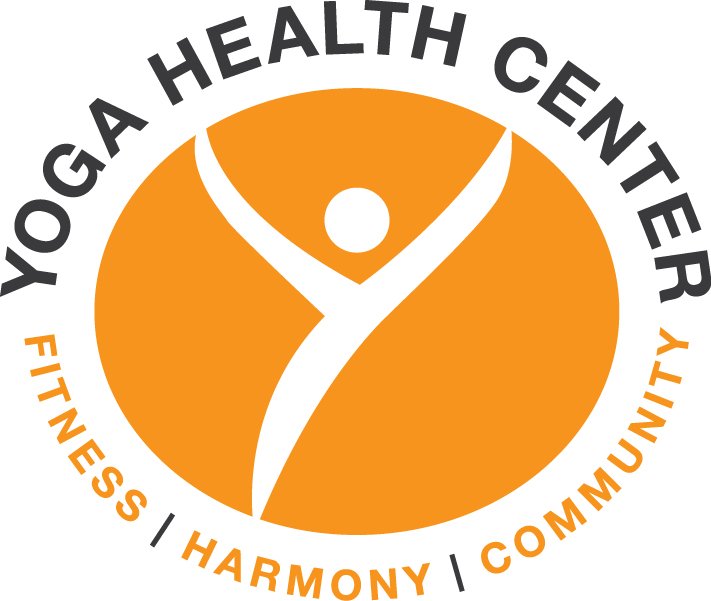The Health Benefits of Regular Yoga Practice
Introduction to yoga and its health benefits
Yoga is a practice that combines physical postures, breathing exercises, and meditation to promote overall well-being. Regular yoga practice has been shown to have numerous health benefits, including improved flexibility, strength, and balance. It also helps reduce stress, anxiety, and depression, and can even contribute to better sleep quality. Additionally, yoga has been associated with lower blood pressure, improved heart health, and enhanced mental clarity. With consistent practice, individuals can experience increased physical and mental health, making yoga a valuable tool for holistic wellness.
Physical benefits of regular yoga practice
Regular yoga practice offers a variety of physical benefits, including improved flexibility, strength, and posture. It can also help with weight management and muscle toning. Moreover, engaging in yoga can aid in enhancing physical balance and reducing the risk of injury.
Mental and emotional benefits of yoga
Yoga can have a positive impact on your mental and emotional well-being. It's been shown to reduce stress, anxiety, and depression, and improve overall mood and mental clarity. Practicing yoga regularly can also lead to better self-awareness and increase your ability to manage emotions effectively. Additionally, it can enhance your sense of calm and relaxation, promoting mental balance and emotional stability.
Yoga for stress reduction and relaxation
Yoga has been found to be effective in reducing stress and promoting relaxation. Research shows that practicing yoga can lower the levels of the stress hormone cortisol in the body, leading to a feeling of calm and relaxation. In addition, yoga incorporates mindfulness and deep breathing techniques, which are known to alleviate stress and promote relaxation. Regular yoga practice can help you manage everyday stress and improve your overall well-being.
Improving flexibility and balance through yoga
Yoga helps improve flexibility and balance by stretching and strengthening muscles. It increases your range of motion and keeps your joints supple, which can reduce the risk of injury. Yoga also helps to improve balance by focusing on body awareness and alignment. The poses and sequences challenge your stability, which can enhance your overall balance. Regular practice of yoga can lead to increased flexibility and better balance, contributing to better overall physical health.
Breathing techniques and their impact on health
You might not realize it, but the way you breathe can have a big impact on your overall health. When it comes to yoga, the breathing techniques, also known as pranayama, are an essential part of the practice. The deep breathing exercises you do during yoga can help reduce stress and anxiety, lower blood pressure, and improve lung function. By focusing on your breath, you can also increase your mindfulness and create a sense of calm and relaxation. So, next time you hit the mat, pay attention to your breath and notice the positive effects it has on your well-being.
Yoga poses for specific health benefits
Yoga is a powerful practice that can help with specific health issues. Forward bend and child's pose are great for calming the mind and easing stress and anxiety. Cobra pose and upward-facing dog are beneficial for strengthening the spine and improving posture. Warrior II and triangle pose help to build strength and improve balance. Finally, headstand and shoulder stand can enhance circulation and promote relaxation. Each of these poses can target and improve specific areas of your health when practiced regularly.
How to start a regular yoga practice
To start a regular yoga practice, begin by finding a suitable yoga class or instructor. You can choose between attending classes at a local yoga studio or following online tutorials. Establish a consistent schedule for your practice to make it a regular part of your routine. Start with simple and gentle yoga poses to build strength and flexibility. Gradually increase the intensity of your practice as you become more comfortable. Remember to listen to your body and avoid pushing yourself too hard to prevent injury. Consistency is key, so aim to practice yoga at least a few times a week to experience the full health benefits.
Finding the right yoga class or instructor
Finding the right yoga class or instructor can significantly impact your yoga practice. Here are some tips to help you find the best fit:
Look for a class that matches your skill level and goals.
Attend a trial class or workshop to experience the teaching style and atmosphere.
Consider the location and schedule to ensure it fits into your routine.
Ask for recommendations from friends or search for reviews online.
Trust your instincts and choose an instructor who makes you feel comfortable and supported during your practice.
Summary and encouraging tips to maintain yoga practice
To maintain a regular yoga practice, it's important to keep in mind that consistency is key. Aim for at least 15-30 minutes of yoga per day to reap the full benefits. Find a time of day that works best for you and stick to it. Remember, yoga is not about being perfect, so don't be too hard on yourself if you miss a day. Set achievable goals and gradually increase the duration and intensity of your practice. Additionally, finding a supportive community or a yoga buddy can help keep you motivated and accountable. Lastly, listen to your body and be patient with your progress, as yoga is a journey of self-discovery and self-improvement.


